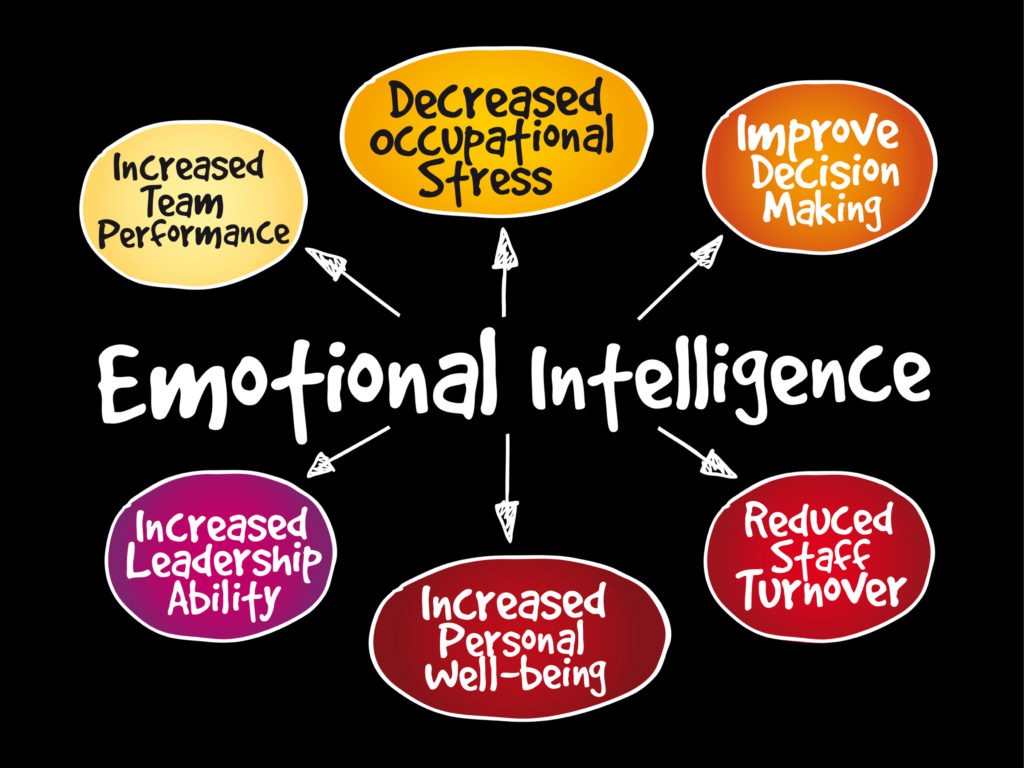Is Your Family Business as Healthy as it is Smart?
Smart vs. Healthy
As a board member to a large healthcare provider, I spent last Friday at a board retreat. We discussed the importance of leadership development and its alignment to the strategic plan. We also discussed our commitment going forward to developing a culture that is aligned with the mission for healthcare delivery in the community. Amongst other things, this hospital group recognized the need to be customer/patient centric. They also recognized that choice and transparency threaten their survival in the long run if they fail to embrace this reality.
I couldn’t help but recall Patrick Lencioni’s advice that organizations have to be both smart and healthy if they are to thrive in today’s market. Smart has always been on our radar. As leaders we often recruit on the basis of grades and past performance. Healthy though, is another thing altogether. We rarely consider the emotional intelligence of new hires, nor do we evaluate how their behaviors sync up with our organization’s culture before we bring them on board. This is where the greatest opportunities to create a sustainable competitive advantage lie in today’s competitive environment.
Most family businesses have the smarts in the four critical areas of; strategy, marketing, finance and technology. Most competitors worthy of the charge are squared away in these areas too. In a competitive environment however, if these are the only advantages you bring to the game, you are missing a huge opportunity.
A Family Business Solution
I want to talk about a practical approach to improving your family’s business. It’s simple and straightforward and yet resisted by some founders and CEOs with built-in biases. Here you go.
Identify the behaviors you believe are critical to the success of the mission, then define them for uniformity.
Create rituals around the practice of those behaviors until they become habits within the company.
That’s it! Don’t believe me? You can read about the science behind this in the Habit Loop by Charles Duhigg. You can also discover how to do this yourself in our book Culture by Design.
Sophisticated leaders, skeptical leaders often mistake this as beneath them and, to be fair, there is evidence to support that opinion when “healthy” is defined in terms of cool foods, massage breaks, and ping pong tables. That is not what we’re talking about. This is not about funky office furniture, pet day at the office or employee yoga. Ask yourself if you tend towards any of these biases?
Sophistication bias –simplicity baffles analytical minds certain that the answer must be more complex. Occam’s Razor
Adrenaline bias – becoming healthy takes time and commitment. For leaders equating a fast pace with progress, this is a challenge.
Quantification bias – Organizational Health permeates the entire organization so isolating variables and measuring their financial impact is challenging to do with precision. There are, however, metrics.
A culture embracing EQ is ultimately about addressing the organizational dysfunctions that exist in most companies around: teamwork, meetings, alignment, and employee engagement. An organization is healthy when it has integrity, as in, is “integrated”. When the whole is consistent and complete. When management, operations, strategy and culture fit together in alignment!
Any organization that wants to be successful in this competitive environment must come to the party with the the two basic qualities we mentioned above. They must be Smart and they must be Healthy. Smart organizations are good at the classic fundamentals of business like strategy, marketing, finance and IT. Think of these as decision sciences. While executives spend almost all of their time on these, they are only part of the equation.
Family Business Challenges - EQ vs. IQ
The other side of the equation leans heavily on emotional intelligence and a culture of behaviors aligned with the mission. The signs that an organization is healthy include:
Minimal politics
Minimal confusion
High morale
High productivity (perhaps measured competitively within the industry)
Low turnover – people stay
In the 30+ years I’ve been in business and consulting, I’ve found the majority of good firms have the Smarts. Almost none, however, have developed their cultures intentionally and with the same rigor they apply to strategic planning, planning a budget or developing a sales forecast.
Nine Out of Ten CEOs Agree
Despite almost universal agreement amongst CEOs that their organizations would be transformed if their cultures were healthier, left to their own devices, they seldom go back and address them. Why do you suppose that is? I’d submit that we tend to gravitate to the things we know and the things that we are more comfortable with. In business that is usually the measurable, objective, and data driven decision sciences. BEWARE! These represent areas of incremental change at best. They are not where the opportunity to create a clear and sustainable advantage lay. Think about it! In this highly competitive world where most firms have the smart side in play and where information flows freely, how can one expect to keep their competitive advantage locked safely away? They cannot.
Health Trumps Intelligence
Healthy companies will become smarter. People in healthy organizations learn from one another, identify critical issues and recover quickly from mistakes. Without politics and confusion getting in the way, they cycle through problems and rally around solutions faster than their rivals sidetracked by politics.
Smart companies, by contrast, don’t seem to get healthier over time by virtue of their intelligence. The implications for this is that healthier companies are able to tap into more of the organizations’ intelligence and garner a multiplier effect.
Don’t be like so many other firms whose demise can be traced to politics, behavioral misalignment, and inconsistencies which led to strategic and tactical mis-steps.
Ask us how you can get healthy!

